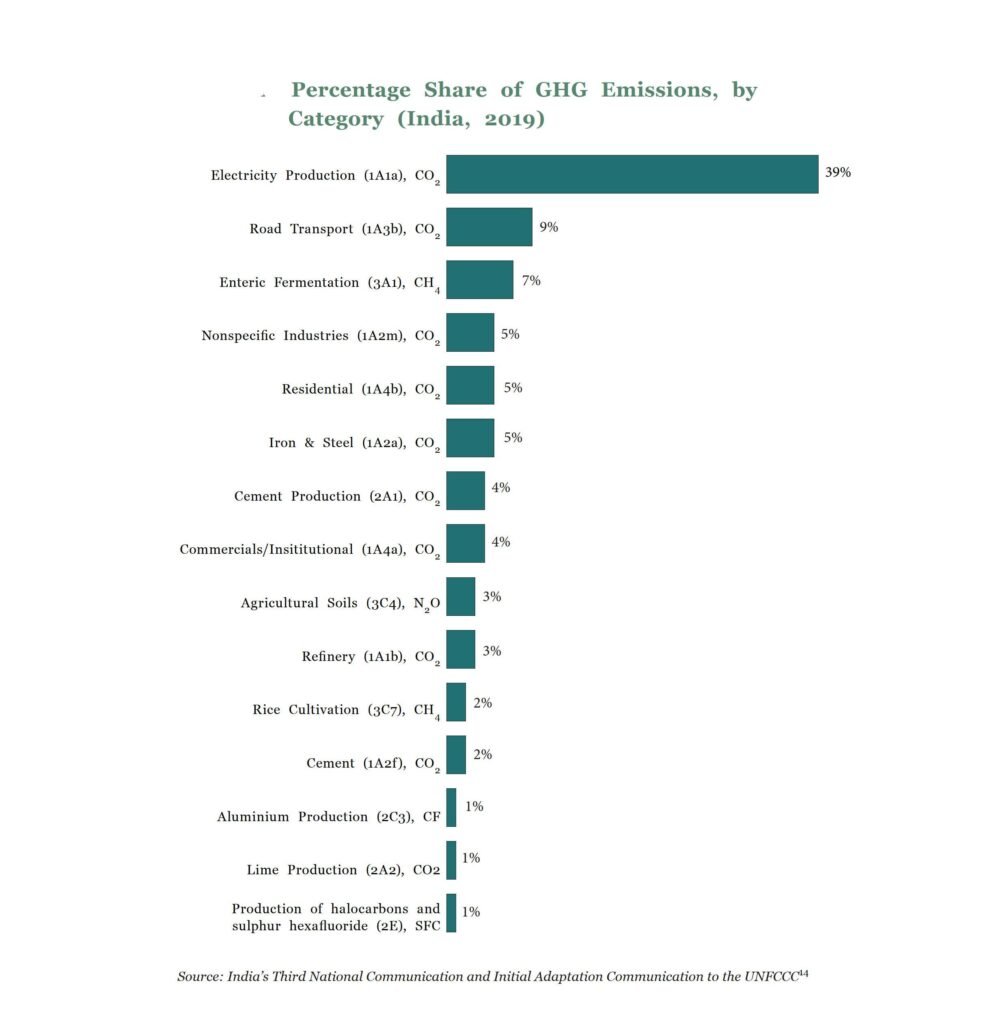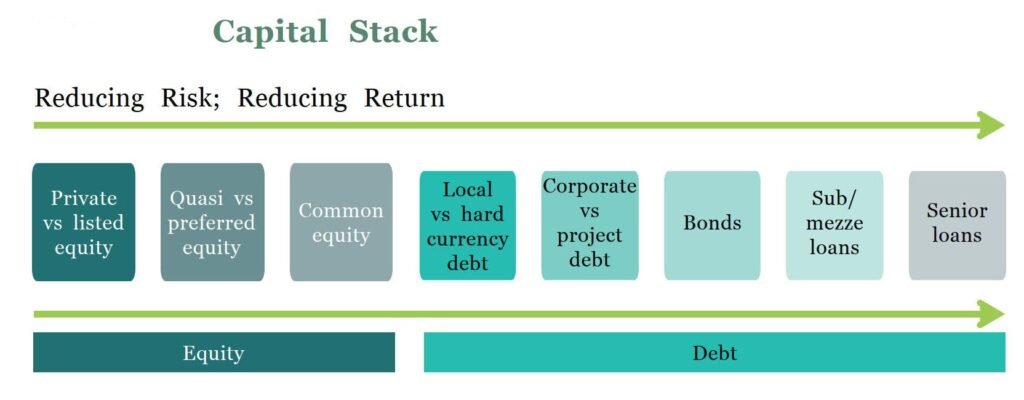The global shift towards a greener economy is gaining momentum, with governments, regulatory bodies, and businesses actively implementing strategies to reduce emissions of ‘Hard-To-Abate’ Sectors and capitalize on green opportunities.

While significant investments have been made in mitigation sectors like renewable energy and transportation, a substantial funding gap persists for hard-to-abate sectors, such as steel, cement, and transportation, despite their significant potential for carbon reduction. These sectors contribute over 40% of global greenhouse gas emissions.
India, the world’s third-largest emitter, faces a daunting challenge in decarbonizing its hard-to-abate industries. Industrial emissions, primarily from energy-intensive sectors like iron, steel, cement, and aluminum, account for 21% of the country’s total emissions.

Although India has made strides in decarbonizing its transport and energy sectors through electrification and clean energy, the industrial sector presents unique challenges due to emissions generated during production processes rather than energy consumption.
Achieving a low-carbon economy in India without hindering its industrial growth requires a comprehensive approach emphasizing circularity, energy efficiency, and material efficiency. Heavy industries can significantly reduce emissions by improving their material efficiency and adopting circular practices, which could potentially lower global carbon emissions by up to 40%. However, these measures alone are insufficient to achieve net-zero emissions.

A combination of electrification, clean hydrogen, and advanced technologies like carbon capture utilization and storage (CCUS) will be essential to fully transition India’s hard-to-abate sectors towards a net-zero future. Investing in these areas will not only help India achieve its climate goals but also create new economic opportunities and enhance its global competitiveness.
Reference- Mercom India, Economic Times, Down To Earth, Climate Policy Initiative report






